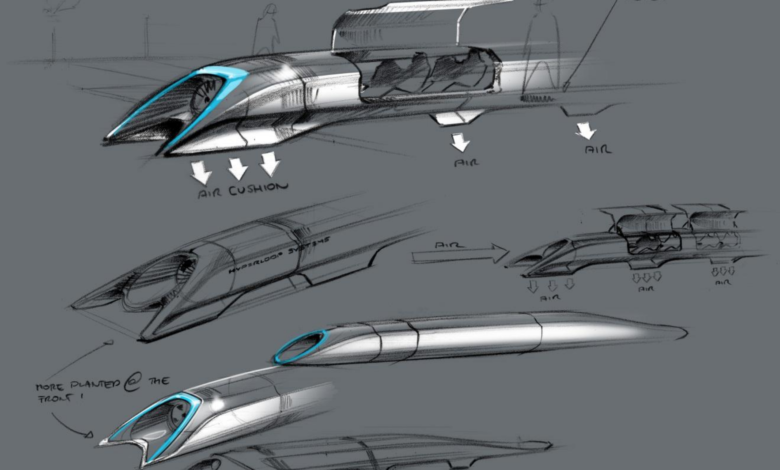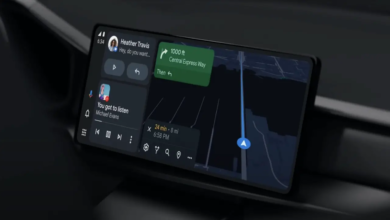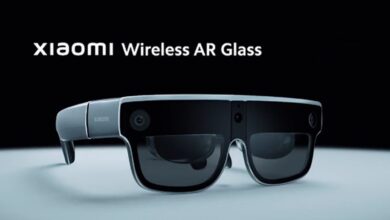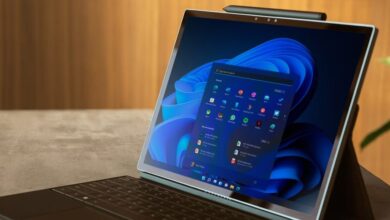Hyperloop’s potential to transform the way we live and work

Hyperloop is a high-speed transportation system that has been envisioned by Elon Musk. Developed by Elon Musk’s Boring Company, Hyperloop promises to deliver public transportation speeds of more than 600 miles per hour. Boring Company claims that a trip from New York to DC would take less than 30 minutes using Hyperloop.
The main Hyperloop concept has three main elements: tubes, pods and terminals. The underlying idea is not all that different from current day passenger trains, only more advanced in some areas. Tubes are usually long tunnels that are sealed low-pressure systems. The pods are passenger capsules that glide on air cushions in the largely airless tubes. Terminals, finally handle the arrival and departure of pods.
The most expensive part is the track. To keep costs low, tubes are designed to be placed alongside existing highway routes and not underground whenever possible. Solar energy should provide power to Hyperloop, but nothing substantial has been announced in this regard yet and critics have argued that the energy supply could be insufficient.
The underlying Hyperloop concept dates back to 1799 and the vactrain, or vacuum tube train, concept. First envisioned and patented by George Medhurst, it described an atmospheric railway that could “convey people or cargo through pressurized or evacuated tubes”. Advancements were made by Robert H. Goddard in the United States in 1904, Russian professor Boris Weinberg in 1909, and Robert Salter of RAND.
Hyperloop is showcasing the technology currently at the MWC in Barcelona.
In 2013, Elon Musk published the Hyperloop Alpha paper, in which he proposed a first route running from Los Angeles to San Francisco. Hyperloop would offer faster, cheaper and environmental friendly travelling when compared to other public transportation options, including air and train transportation. According to information published by SpaceX, another Elon Musk company, energy consumption per passenger on a hypothetical track between Los Angeles and San Francisco would amount to 4.4 kWh/100km per passenger under ideal circumstances.
Elon Musk released the Hyperloop concept as open source. Several companies and student-led teams are working on improving the original concept and technology.
Elon Musk’s original concept envisions travel at speeds just below the speed of sound. The tubes are designed to carry passenger capsules, which offer space for up to 28 passengers each. Larger versions, which may also load cars, are also envisioned. The tubes glide with low friction on air cushions generated from air sucked out in front of the vehicles by a compressor. The majority of companies and research institutes focus on electromagnetic levitation system now.
The first test run with passengers happened on November 8, 2022. The capsule reached a speed of 172 km/h in a 500 meter test tube.
In 2021, construction of a low-vacuum sealed tube test system started in China. Constructed completed the first 2 kilometers of the 15 kilometer long test line in 2022. It is planned that the remaining 13 kilometers are constructed by 2024. It is designed to support speeds of about 1000 km/h.
Critics argue that Hyperloop tracks are extremely expensive to construct, that security remains an issue and that other issues, including the integration of restroom facilities, have not been addressed yet.
While Hyperloop or an inspired transportation system could one day indeed make long distance traveling faster and more affordable, it is still in the very early stages of development.
Thank you for being a Ghacks reader. The post Hyperloop’s potential to transform the way we live and work appeared first on gHacks Technology News.
gHacks Technology News



